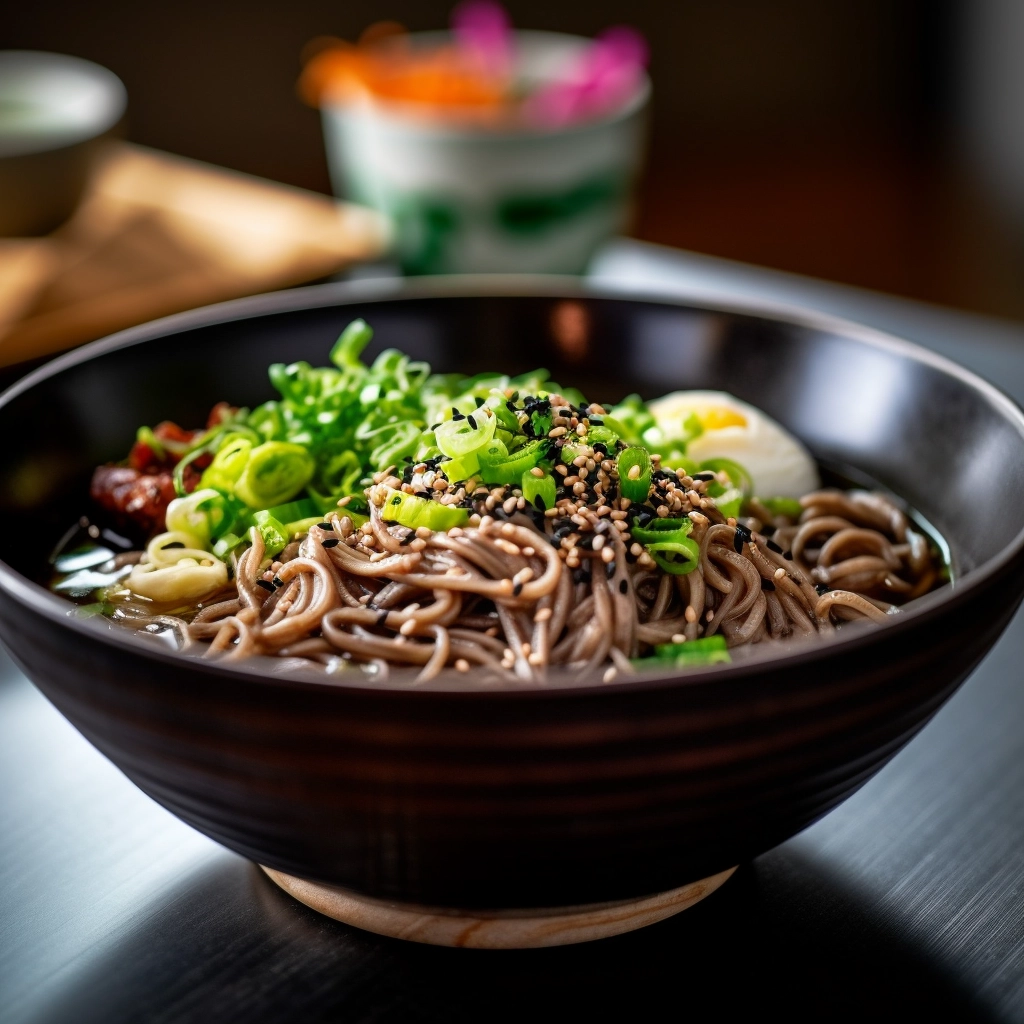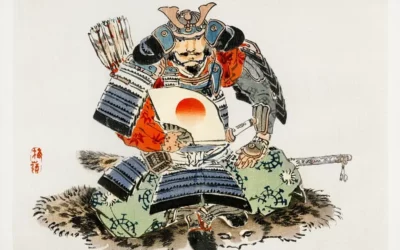Japan, an island nation known for its rich cultural heritage, is also recognized globally for its delicious and unique food. In particular, the world of Japanese noodle offers a diverse array of options that add delightful variety to any meal. Two of the most beloved types of noodles in Japan, and indeed globally, are Udon and Soba.
Historical Origins of Udon and Soba
Udon and Soba have a rich history that dates back centuries. Udon is believed to have been introduced to Japan from China around the 700s, but it didn’t gain popularity until the 1600s. Soba, on the other hand, started gaining popularity around the 1700s. These noodles have since become staples in Japanese cuisine and are enjoyed by people all over the world.
What are Udon and Soba?
Udon and Soba, often served in soups and noodle dishes, are different types of Japanese noodles that have been staples in Japanese cuisine for centuries. These noodles can come in different forms, each bringing a unique taste to the table.
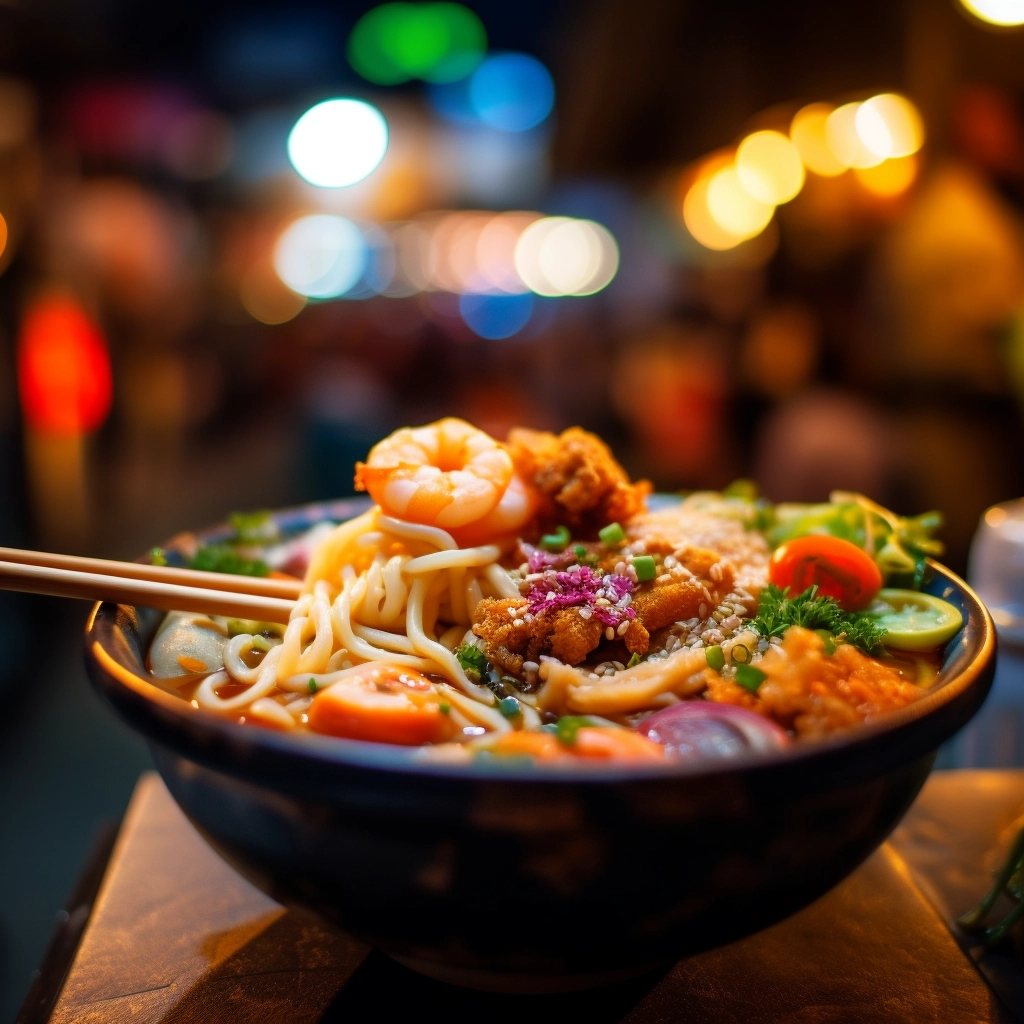
Udon noodles are thick, made from wheat flour, water, and usually salt, resulting in glossy white noodles. They have a hearty, chewy texture and are usually served in a hot soup or broth. Still, cold varieties, a perfect choice for hot summer months, exist too.
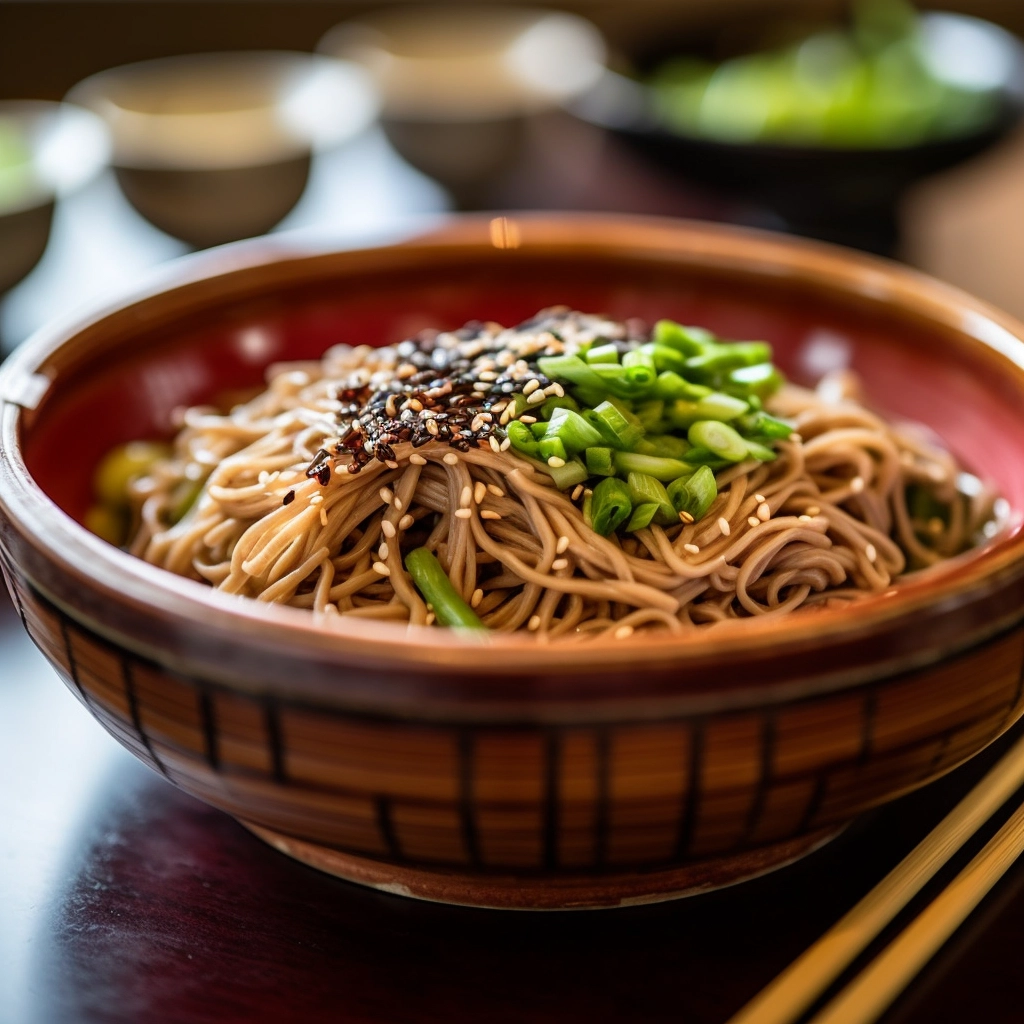
On the other hand, Soba noodles, made from buckwheat flour, are thin and can range in color from light to dark brown. These noodles also contain wheat flour in many recipes, but they are most often known for their nutty flavor and slightly grainy texture. Soba is delicious served both hot and cold, with a dipping sauce or dipping sauces on the side for the latter, adding an extra layer of flavor to the dish.
Exploring the Taste Profiles of Udon and Soba
Udon is milder in flavor, making it versatile for various dishes. Its neutral taste allows it to absorb the flavors of the dish it’s served with. Soba, on the other hand, has a distinct nutty taste. This unique flavor profile makes it best served in simple, light dishes that don’t have overpowering flavors.
Differences between Udon and Soba
The key difference between Udon and Soba lies in their ingredients and texture. Udon is made from wheat flour and water, resulting in a dough that is typically hand-kneaded before being rolled out and cut into noodles. This process gives Udon its distinct thick, round, and chewy texture. Udon can also be served with a variety of toppings like green onions and bonito flakes in traditional Japanese dishes.
Soba, on the other hand, is made from buckwheat flour. This flour gives Soba its signature nutty flavor and color, which can range from light to dark brown. It’s important to note that while most soba noodles contain wheat flour for added elasticity, 100% buckwheat soba noodles are a fantastic gluten-free option. Soba can be served cold in summer, often accompanied by a refreshing soy-based dipping sauce.
Diving Deeper into the Health Benefits of Udon and Soba
With its buckwheat base, Soba is lower in carbohydrates and calories, making it a healthier choice. It also contains plenty of nutrients and good grains. Udon, while not as healthy as Soba, is easy on the stomach and suitable for clean eating. However, the overall healthiness of a dish also depends on the other ingredients used.
Which Noodle is Healthier?
While both noodles are delicious, many people looking for healthier options might lean towards Soba. Buckwheat is known to contain several nutrients and is lower in calories than white wheat flour. However, it’s crucial to know that dishes’ overall healthiness can also depend on the other ingredients used.
Popular Udon and Soba Dishes
There are several popular dishes for each type of noodle. For Udon, some of the most loved dishes include Kake Udon, Yaki Udon, and Kitsune Udon. For Soba, popular dishes include YakiSoba, Zaru Soba, and Kake Soba. Each of these dishes highlights the unique characteristics and flavors of the respective noodles.
Which Should You Choose?
Whether you opt for Udon or Soba will largely depend on your taste preferences. If you enjoy chewier, thicker noodles, and hearty dishes, Udon might be your best bet. But if you prefer something with a nuttier flavor and a slightly lighter, thinner noodle, Soba would be the way to go. Remember, there are various ways to make these dishes, and each restaurant will have its unique recipe. So, don’t hesitate to try both Udon and Soba in different preparations. You might just find a new favorite Japanese dish!
Cooking Tips for Udon and Soba
When cooking Udon and Soba, there are a few tips to keep in mind. For Udon, because of its thickness and chewiness, it’s great for soups as it holds its own in broth and boiling water. For Soba, its nutty flavor makes it a good addition to salads and vegetables. Remember to not overcook the noodles to maintain their texture and flavor.
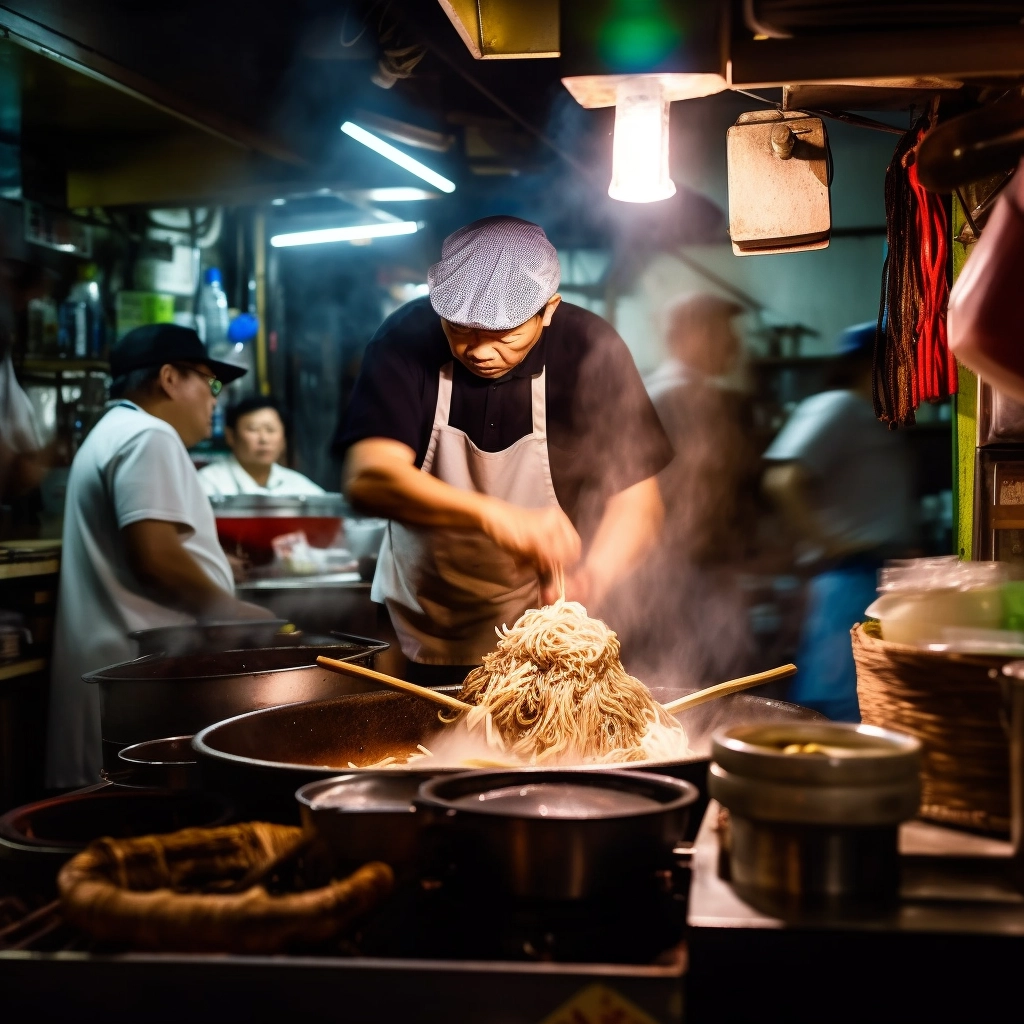
Beyond Noodles
There are many fascinating aspects of Japanese culture that are worth exploring. From Ramen, Ikebana, the traditional Japanese art of flower arrangement, to Tamagotchis inspired by popular anime series like Evangelion and Demon Slayer, there’s always something new to discover about Japan. Whether you want to delve deeper into the art of Ikebana, understand the tools used in Ikebana, or are curious about the Evangelion Tamagotchi and Demon Slayer Tamagotchi, there are plenty of resources to satiate your curiosity about this unique and captivating culture.
Understanding the differences between Udon and Soba, two of the most popular Japanese noodles, can enhance your culinary journey and appreciation of Japanese cuisine. Whether you’re a fan of the thick, hearty Udon or the thinner, nutty Soba, there’s no denying that both these noodles bring a wealth of flavors and textures to the table. Happy dining!

